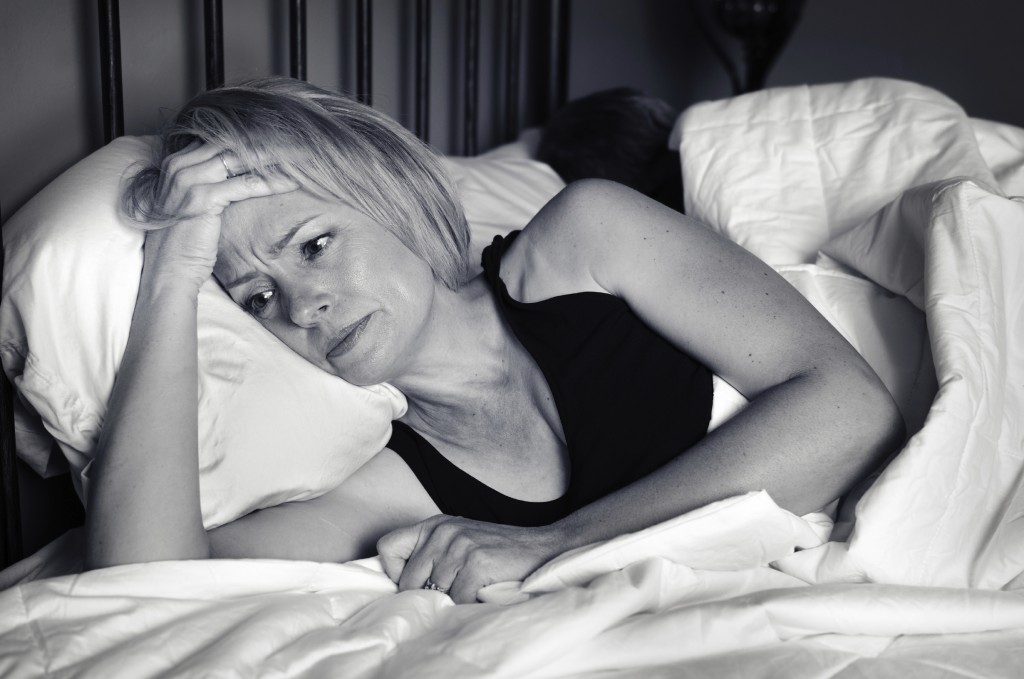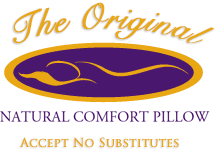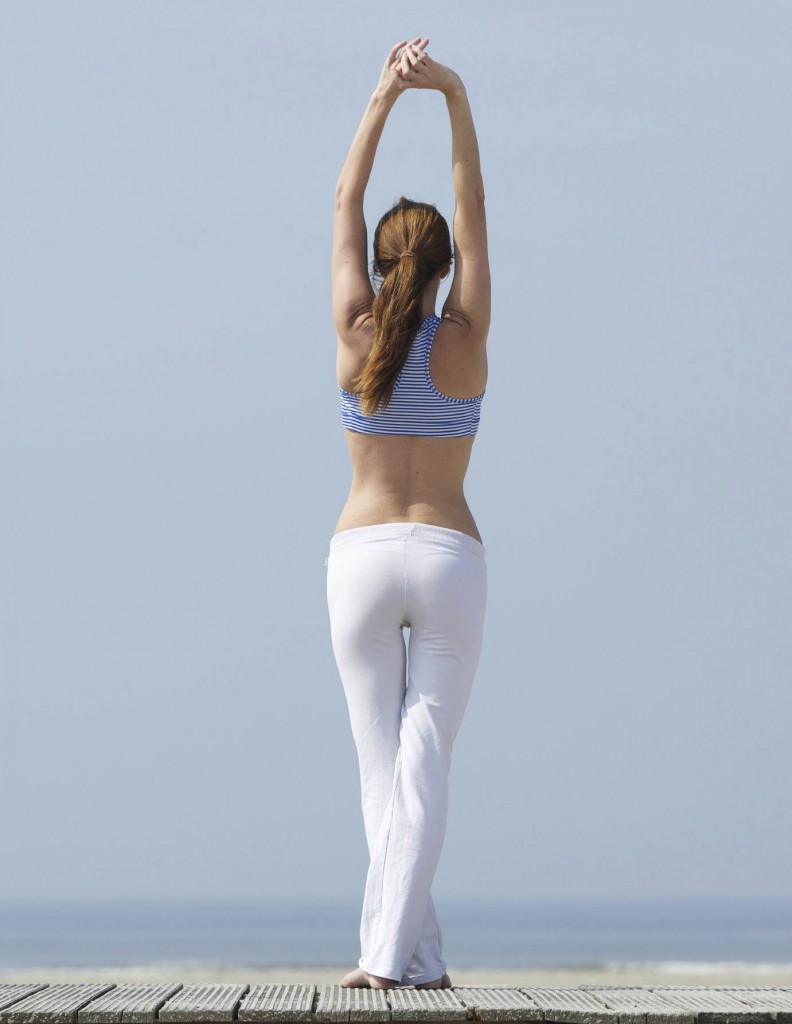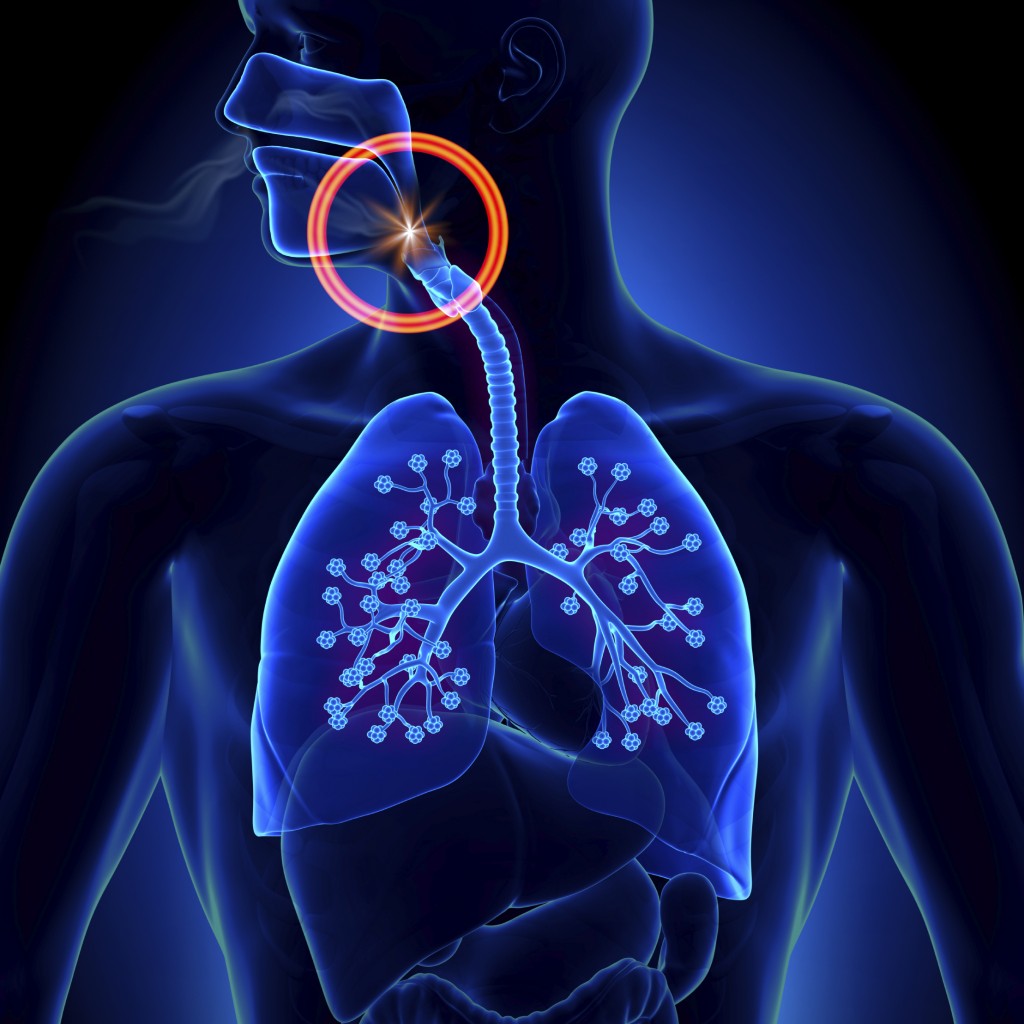 If you suffer from insomnia, you know how frustrating and debilitating it can be. Of course, everyone experiences a restless night here and there, but when it’s constant the need for a solution becomes critical to one’s overall health and happiness. Let’s clearly define what insomnia is, and in doing so help you determine whether or not you might be suffering from it.
If you suffer from insomnia, you know how frustrating and debilitating it can be. Of course, everyone experiences a restless night here and there, but when it’s constant the need for a solution becomes critical to one’s overall health and happiness. Let’s clearly define what insomnia is, and in doing so help you determine whether or not you might be suffering from it.
INSOMNIA DEFINED
According to the National Institutes of Health (NIH), approximately 30 percent of adults experience sleep disruption of some kind, and insomnia is more common than you may think.
Insomnia sufferers fall into two main categories: those who have difficulty falling asleep, and those who have difficulty staying asleep. Adults who struggle with insomnia may also wake up several times each night, or wake up too early in the morning feeling tired.
In addition, insomnia may only occur occasionally, or can be an ongoing problem.
Acute Insomnia does not last long. It typically occurs in association with a stressful or big event, like a job change, job loss, final exam or getting married. And although many people experience this type of insomnia, it often resolves itself without any formal treatment.
Chronic insomnia typically occurs a minimum of three nights per week for a minimum of three months. There are many factors that can cause chronic insomnia, including unhealthy sleep habits, 2nd or 3rd shift work, certain types of medication, as well as neck and shoulder pain. Sufferers of chronic insomnia can often benefit from treatment that addresses the underlying causes of their sleep disorder.
Common Insomnia Symptoms
- Fatigue
- Low energy
- Difficulty concentrating
- Mood disturbances
- Decreased performance in work or at school
Common Causes of Insomnia
- Depression
- Anxiety
- Stress
- Poor sleep habits like watching TV in bed
- Stimulants like tobacco, caffeine and alcohol
- Neck and shoulder pain
Let’s take a closer look at that last point — neck and shoulder pain. This can have many causes, including overexertion, stress, your pillow and your mattress.
Many people don’t realize that using a non-supportive pillow can be detrimental to spine alignment. In addition, a non-supportive pillow can also cause muscles in the neck and shoulders to tense up causing pain and stiffness, which can lead to insomnia.
The Natural Comfort Pillow can help with both of these issues. Whether you’re a back- or side-lying sleeper, our pillow supports your neck and aligns your spine, helping your body’s muscles relax instead of tense up — helping you sleep better and wake up more refreshed (and less stiff).
Learn more about how our pillow helps with insomnia, as well as how it can relieve neck pain and shoulder pain.
Thank you for visiting Natural Comfort Pillow!





